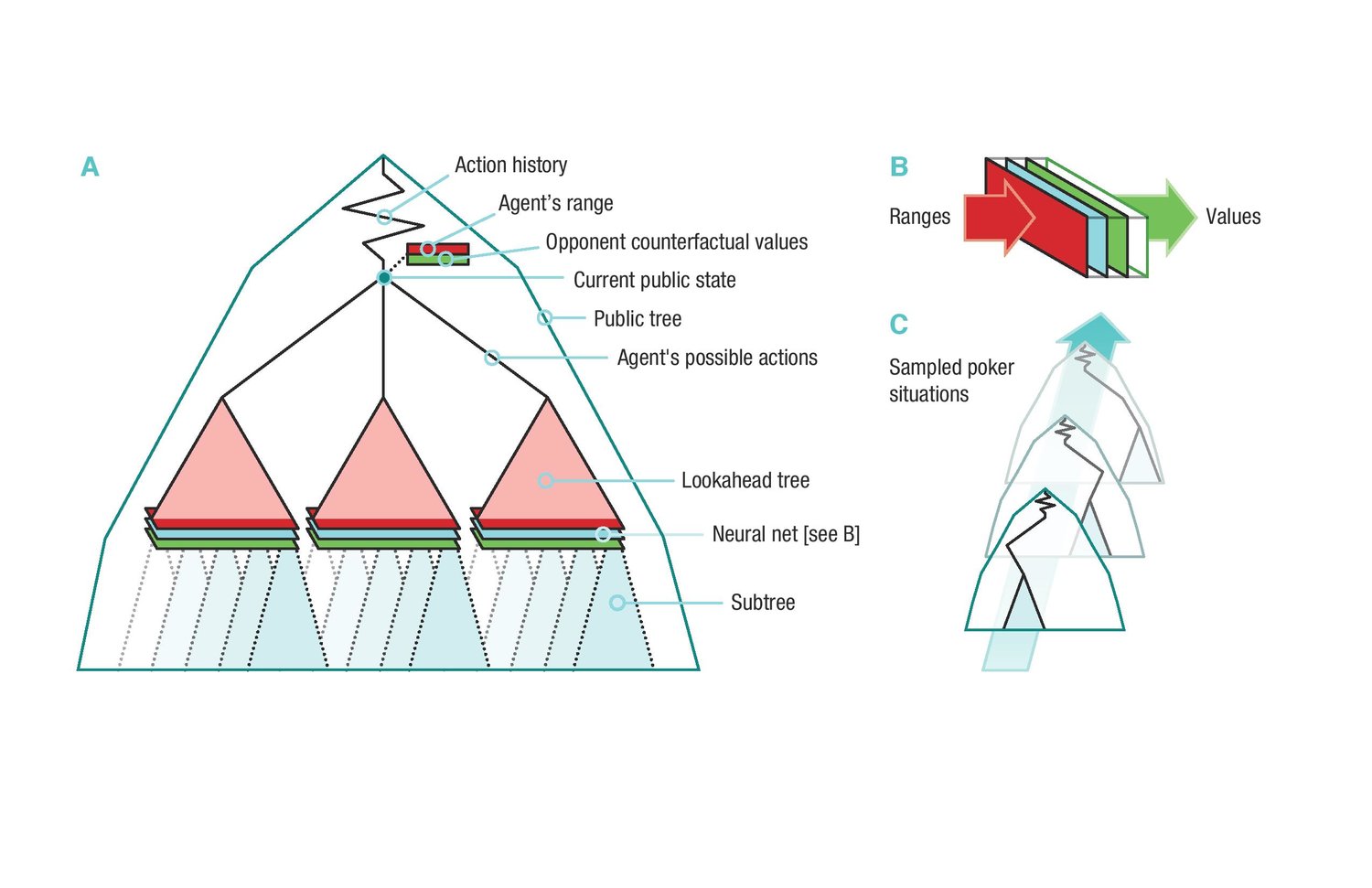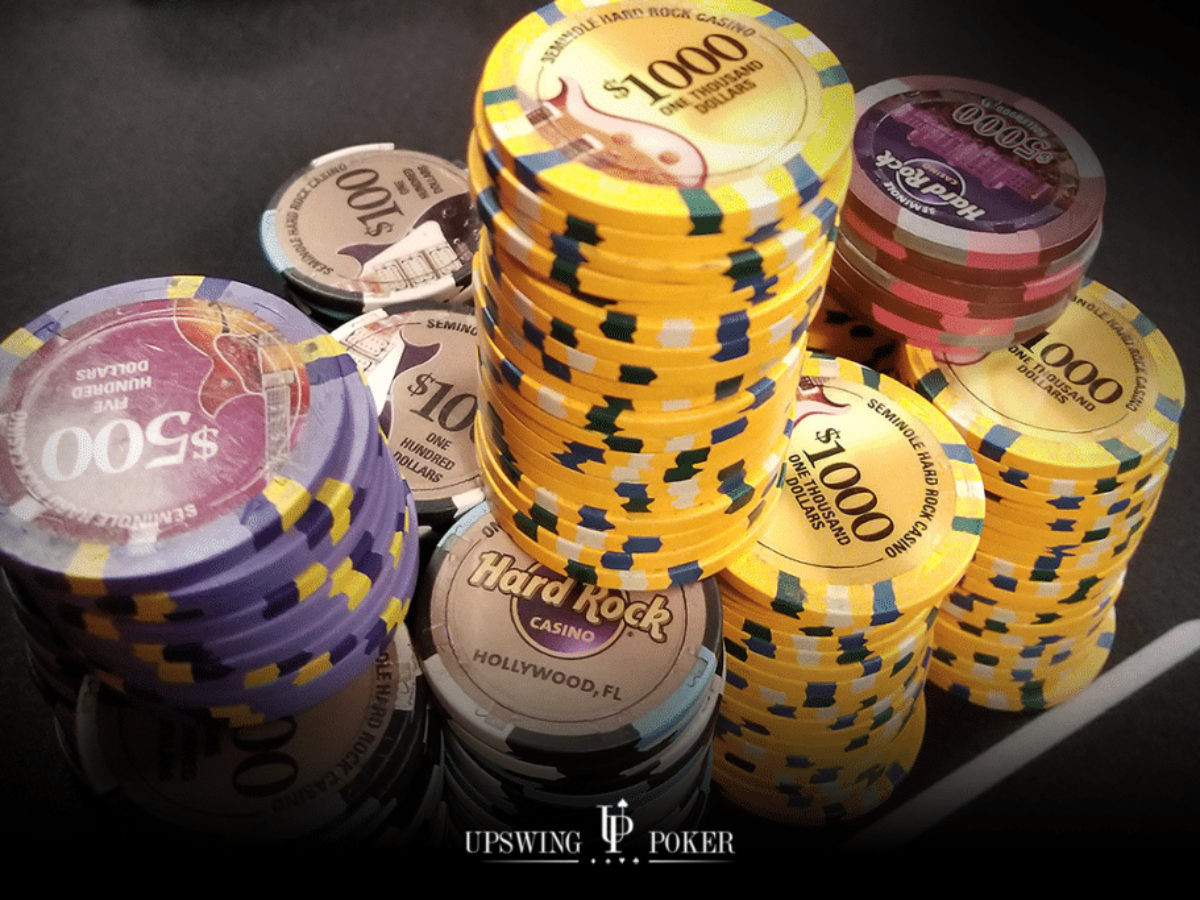Deep Stack Poker
- Deep Stack Poker Tournament Strategy
- Deep Stack Poker Columbus
- Deep Stack Poker Strategy Cash Game
- Deep Stack Poker Club
In poker, a 'deep stack tournament' is a tournament where players start off with a large amount of chips relative to the size of the blinds. For instance, in a traditional tournament, players might start off with 5,000 chips and blinds may begin at 25/50, with antes being added later in the tournament. Deep Stack Poker & Card Room September 1, 2020 Happy to announce that we will be opening our doors on Friday, September 18th 2020! Doors open at 12pm for cash games followed by a special grand opening tournament starting at 4pm.
To Play Deep or Not to Play Deep?
The Differences
Hand Type


Position
Deep Stack Poker Tournament Strategy
Action
Leverage and Postflop Tendencies
Naturally there are exceptions to this – there are certain fish who don't understand that their postflop stacking range should tighten based on the stack depth. In other words if they generally stack TPGK for 100bb they are not going to think twice about stacking it for 300bb. But as a rough guide we should generally treat aggression with a ton of respect, but assume we have more fold-equity than we should.
Postflop Sizings
Remember that most of the default postflop sizings we use are assuming 100bb stacks. So in a 4bet we typically bet 33% of the pot on the flop because it sets up a pot-sized turn shove with 100bb stacks. However assuming we are 300bb deep in the same 4bet pot, we don't need to use 33% pot as our default sizing anymore. We can go significantly larger and focus on setting up decent stack sizes for the later streets. This applies to any situation when deep, it's ok to increase the sizings if it confers us an advantage. implied odds to try and hit his flush draw. This means that we can potentially get a much larger raise paid off. Even if he has nothing and is considering floating, the increased stack depth may lead him to feel that he can outplay us on later streets.
implied odds to try and hit his flush draw. This means that we can potentially get a much larger raise paid off. Even if he has nothing and is considering floating, the increased stack depth may lead him to feel that he can outplay us on later streets.Reverse Implied Odds
What we generally find here is that if we flop the best hand we only get a small payout. If we flop a second best hand we will be frequently dominated yet still find it somewhat tricky to get away from our holdings postflop, meaning we lose a much larger pot. The effect of this will increase considerably if we also find ourselves out of position.
Stacking Range
Deep Stack Poker Columbus
Putting it Together
Deep stack tournaments allow for the most actual play of all forms of poker, with the exception of no blind increase events. The entire premise of a deep stack tournament is for players to really let their skills do the talking and to eliminate as much luck as possible. Wiping out all luck is an impossible task when it comes to poker tournaments, but deep stack players are able to capitalize on the skill factor much more than regular tournament players.
With this advantage comes a noticeable tradeoff. Deep stack tournaments take a lot longer to complete than any other game. As a result of this increase in playing time, player stamina will be of the utmost importance. Stamina is always something that matters in poker, but it never matters more than when in an enduro tournament. This is one of the facets of play that a lot of players tend to completely discount. No one, even poker players, really considers poker to be a game where physical performance or condition actually matters.
The truth is, however, that it can be the difference between a solid play and a big slip up. There is a reason that savvy poker players try to target the guys who have been playing all night in a brick and mortar casino. The more tired you are, the more likely it is that you will donate some or all of your chips.
Deep Stack Poker Strategy Cash Game
Deep stack play is all about picking your spots and taking your time. You are given a lot of chips so that you can pass up on your weak hands and get in the middle when you have something to actually work with. Luckily for you, this is a foreign concept to a lot of players. There will always be those players who think that a deep stack tournament is just like every other event, but the truth is that deep stacks are very different.
Deep Stack Poker Club
Try to spot the players who are playing way too fast and are clearly not in it for the long haul. Unless you are truly prepared for what’s in store, deep stack evens can be incredibly grueling and even quite boring.
Again, this is where endurance comes into play. If you can mentally outlast the players who don’t have the patience to play with restraint, you will find that a lot of pots fall right into your lap. Deep stack play is not about creating opportunities, but instead allowing the opportunities to fall into your lap. This is the exact opposite advice of what you would expect, but it is the absolute truth. The later stages of a deep stack tournament will call for more decisive action, but you won’t need to worry about that for awhile after the first hand is dealt.
Profiting from Passiveness
You just read about how a passive approach is the road to riches in deep stack tournament poker. So, how are you going to profit from the passiveness of other players? When the other players stay in slow mode, it will be your chance to crank up the aggression. The pitfall that many players fall into is misidentifying exactly when that stage of the game has arrived. You won’t be working with a short stack and big blinds for a long time, so don’t even worry about changing gears for at least a few hours (depending on the size of the field).
Eventually, though, you will start to run out of chips and it will be time to make moves. You can profit from this by putting the pressure on before your opponents have even considered possible adjustments to their strategy.
Small Edges and Consistent Play
Even the final tables of deep stacks will allow for a moderate amount of post flop play. Unless you have a fair amount of experience with this type of event, it will be awkward to try and play post flop poker with just a few players left. The natural inclination for a tournament player is to pick up the pace and push/fold when the final table is assembled. This will be necessary eventually , but it will be a detrimental strategy if you implement it too early.
The end goal in a deep stack is the same as in any type of tournament. You need to be able to make constant changes that will put you in a position to win. These changes will be much more mild in their implementation in a deep stack tournament, but they will exist nonetheless. You need to be able to do what everyone else is doing, but slightly better. This is why skills are so valuable and the entire basis of all success in deep stack play.
The last bunch of players will probably be very good at what they do, so your edge is not going to be significant. It is unusual for tournaments, but a deep stack is going to allow skill to prevail all the way to the end. If you don’t think you have the patience to sit and remain focused for hours on end, you will probably be better suited in a tournament with regular stack sizes. Deep stack tournaments are profitable, but only for a certain breed of players.